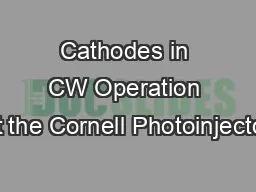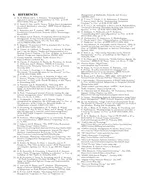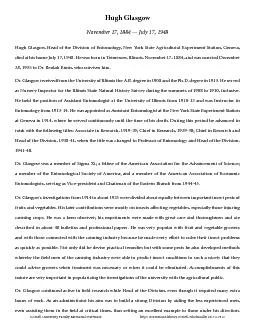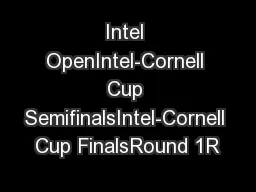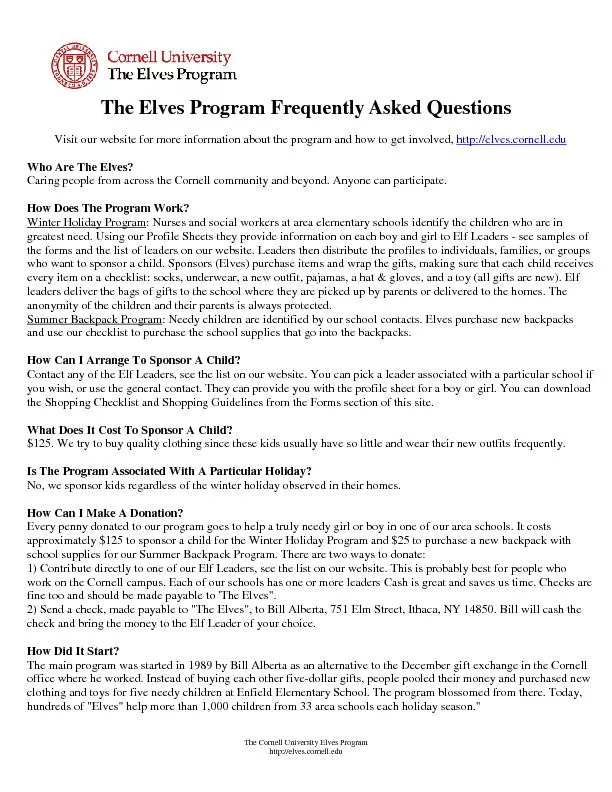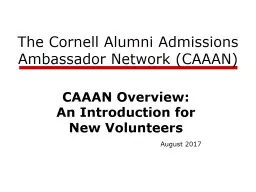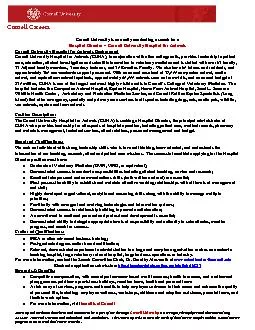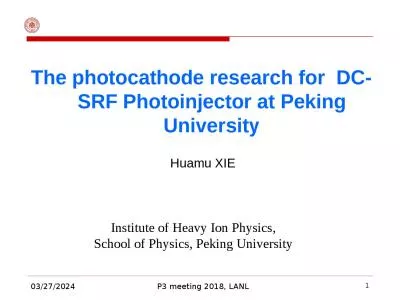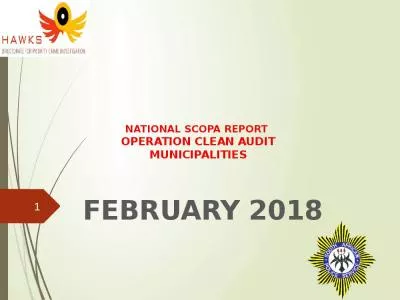PPT-Cathodes in CW Operation at the Cornell Photoinjector
Author : briana-ranney | Published Date : 2018-10-01
Adam Bartnik Cornell University CU Injector Status Since the last P3 Workshop Disassembled our injector Sent SRF cryomodule across campus for maintenance Made a
Presentation Embed Code
Download Presentation
Download Presentation The PPT/PDF document "Cathodes in CW Operation at the Cornell ..." is the property of its rightful owner. Permission is granted to download and print the materials on this website for personal, non-commercial use only, and to display it on your personal computer provided you do not modify the materials and that you retain all copyright notices contained in the materials. By downloading content from our website, you accept the terms of this agreement.
Cathodes in CW Operation at the Cornell Photoinjector: Transcript
Download Rules Of Document
"Cathodes in CW Operation at the Cornell Photoinjector"The content belongs to its owner. You may download and print it for personal use, without modification, and keep all copyright notices. By downloading, you agree to these terms.
Related Documents

